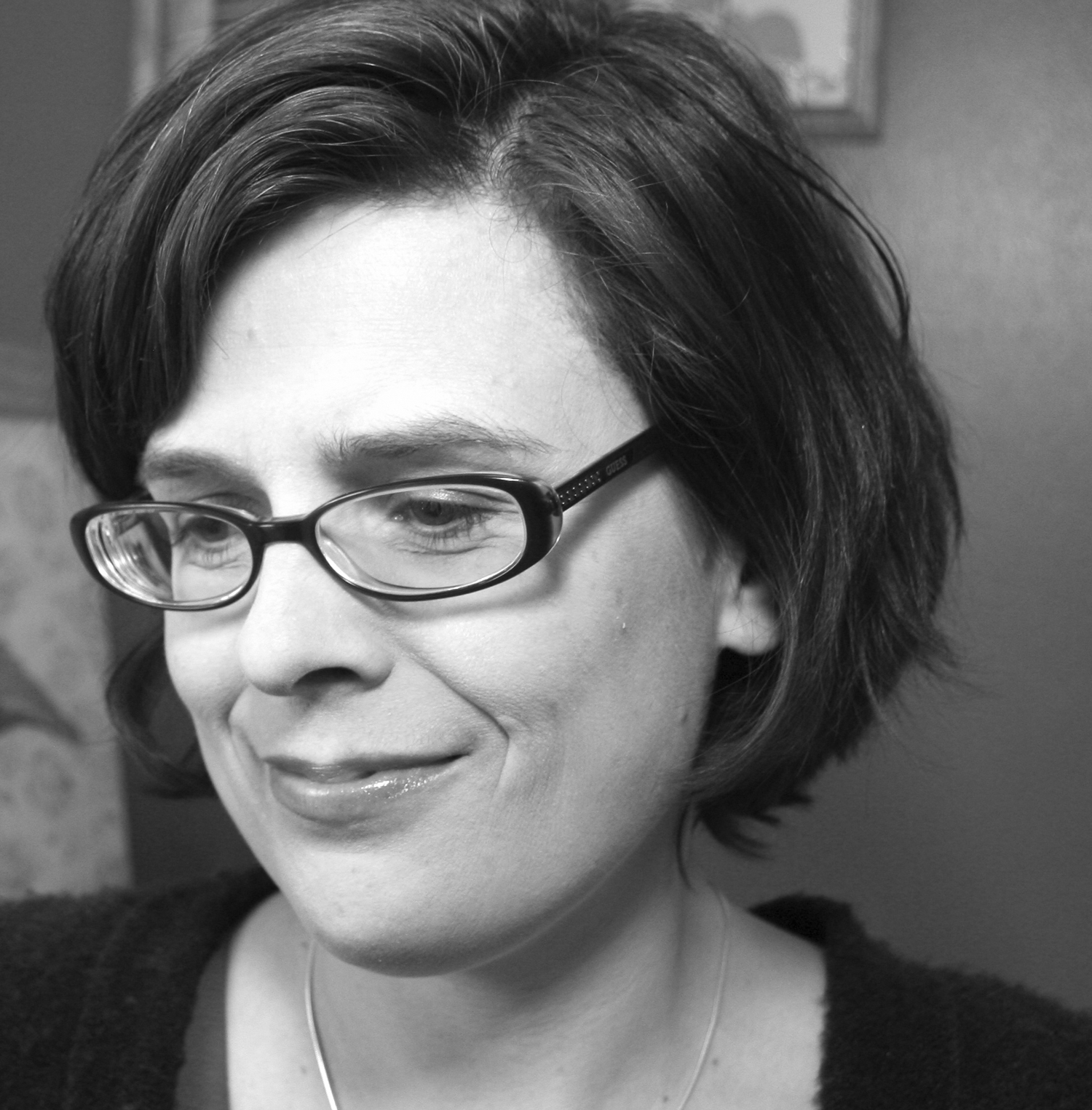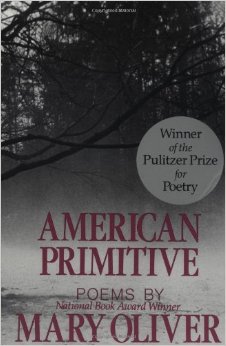Good Books: Sandy Longhorn on Midwestern Rural Life
 Sandy Longhorn is the author of three books of poetry: The Alchemy of My Mortal Form (forthcoming 2015), The Girlhood Book of Prairie Myths and Blood Almanac. Longhorn teaches at Pulaski Technical College, where she directs the Big Rock Reading Series, and for the online master of fine arts program at the University of Arkansas Monticello. In addition, she co-edits the online journals Heron Tree and One, and blogs at Myself the only Kangaroo among the Beauty.
Sandy Longhorn is the author of three books of poetry: The Alchemy of My Mortal Form (forthcoming 2015), The Girlhood Book of Prairie Myths and Blood Almanac. Longhorn teaches at Pulaski Technical College, where she directs the Big Rock Reading Series, and for the online master of fine arts program at the University of Arkansas Monticello. In addition, she co-edits the online journals Heron Tree and One, and blogs at Myself the only Kangaroo among the Beauty.
“I grew up on the very edge of Waterloo, Iowa, the daughter of children of farmers," says Longhorn. "Our little neighborhood was surrounded on all sides by working farms, and I spent much of my summers and some of my holiday breaks on my paternal grandparents' farm in northeast Iowa. At home, we had horses that we boarded at a farm (not a riding stable) just down the road. I grew up steeped in the ways of working the land."
As a student Longhorn was challenged by a professor to explore “what it meant to be from the rural Midwest,” says Longhorn. “From that moment on, I began to try and write poems that captured the rural Midwest with authenticity, with an open-eyed truth, and with a voice that honored the land and the people from which I sprang.”
"Now, I live in Little Rock, Arkansas, about as large a city as I can manage these days. While I do not miss the brutal cold, I miss the wide-open sky, the far horizon, and the wind; these are the elemental forces that course through my blood.”
Sandy Longhorn recommends three good books on midwestern rural life:  If You’re Not from the Prairie
If You’re Not from the Prairie
by David Bouchard
Illustrated by Henry Ripplinger
I did not start writing about rural life until I’d left my prairie home and discovered how little most urban people thought of it. Bouchard’s words and Ripplinger’s images capture how the weather and the land work to shape the people who live in the vast spaces so many see as “empty.” While If You’re Not from the Prairie might be simplistic and sentimental, it succeeds in defining our region for outsiders and it does so with a pride that says, “yes, we matter, too.”

 Grassland: The History, Biology, Politics, and Promise of the American Prairie
Grassland: The History, Biology, Politics, and Promise of the American Prairie
by Richard Manning
“There is no reason to write a book unless the process of imagining it changes one’s life forever,” writes Manning in the opening chapter of this phenomenal book. Tracing the history of grassland in America from the first evidence of human settlement through the massive changes brought by European-Americans, including and up to the dramatic changes wrought by 20th century agricultural technology, Manning distills science, history, and politics into crystalline prose.

 American Primitive
American Primitive
by Mary Oliver
This was one of the first “contemporary” books of poetry that I read as an undergraduate in the early 1990s, and while Oliver’s poems traverse the American landscape, the poems of the “empty” spaces meant the most to me. In particular “Ghosts,” a poem that centers around the near extinction of the American bison, stuck with me and gave me permission to look more closely at my own relationship to the natural world. Oliver’s work does not simply observe the natural world; it weaves the human into the landscape as well. This technique resonated with me on first reading, and continues to resonate today.

 Post a Comment
Post a Comment
Reader Comments